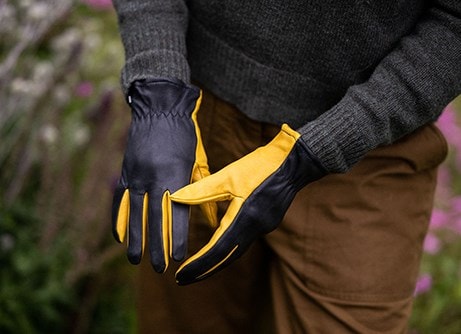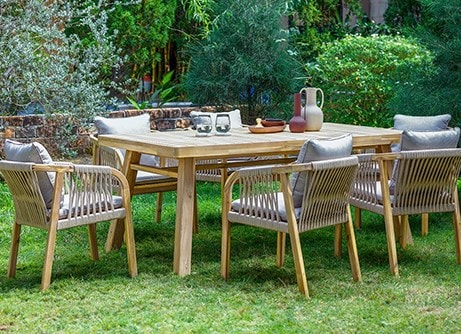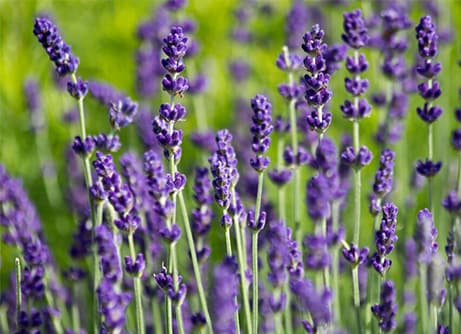
This charming semi-evergreen sub-shrub showcases elegant, creamy-yellow lipped flowers reminiscent of lemon and honey, blooming profusely from midsummer through autumn. Its upright, bushy habit and aromatic green foliage make Salvia ‘Lemon Pie’ a versatile choice for various garden settings, from Mediterranean-inspired landscapes to coastal gardens. Thriving in well-drained soil, this cultivar bridges the gap between early perennials and autumn bloomers, providing long-lasting interest. While hardy in most regions, it may benefit from winter protection in colder parts of the country. The nectar-rich blossoms attract bees and butterflies, enhancing biodiversity and for use in wildlife gardens.
How to care for Salvia Lemon Pie:
When planting, incorporate compost to improve drainage and fertility, spacing plants 30-45cm (12-18in) apart and watering thoroughly. To keep the plant blooming throughout the season, promptly remove flower spikes as soon as they begin to fade - this deadheading encourages the plant to produce more flowers rather than putting energy into seed production. In early spring, apply a generous 5-7cm (2-3in) mulch of well-rotted garden compost or manure around the base of the plant to retain moisture, suppress weeds, and provide essential nutrients as it breaks down. Ensure the mulch is spread evenly, but keep it away from the stems to prevent rot. Regular watering, particularly in dry spells, will help maintain healthy growth, but be careful not to waterlog the soil, as this salvia prefers well-drained conditions. Finally, consider providing some protection in exposed or colder regions of the UK by covering with a double layer of horticultural fleece or dry mulch (bark chippings/ composted pine needles) to insulate the roots, or by using a cloche to protect the plant against hard frosts. Pruning, when required, is generally carried out in mid to late spring by trimming back to 15-30cm above the ground (or previous season's growth in older plants) to encourage new growth. Avoid Avoid cutting into old, woody stems.
Flowering period:
- Jan
- Feb
- Mar
- Apr
- May
- Jun
- Jul
- Aug
- Sep
- Oct
- Nov
- Dec
Eventual height:
0.8m
Eventual spread:
0.6m
Position:
Full sun
Rate of growth:
Average
Soil:
Moderately fertile, moist, well-drained soil
Hardiness:
Borderline hardy (will need protection in winter in colder areas)
-
This perennial dies back to below ground level each year in autumn, then fresh new growth appears again in spring.









